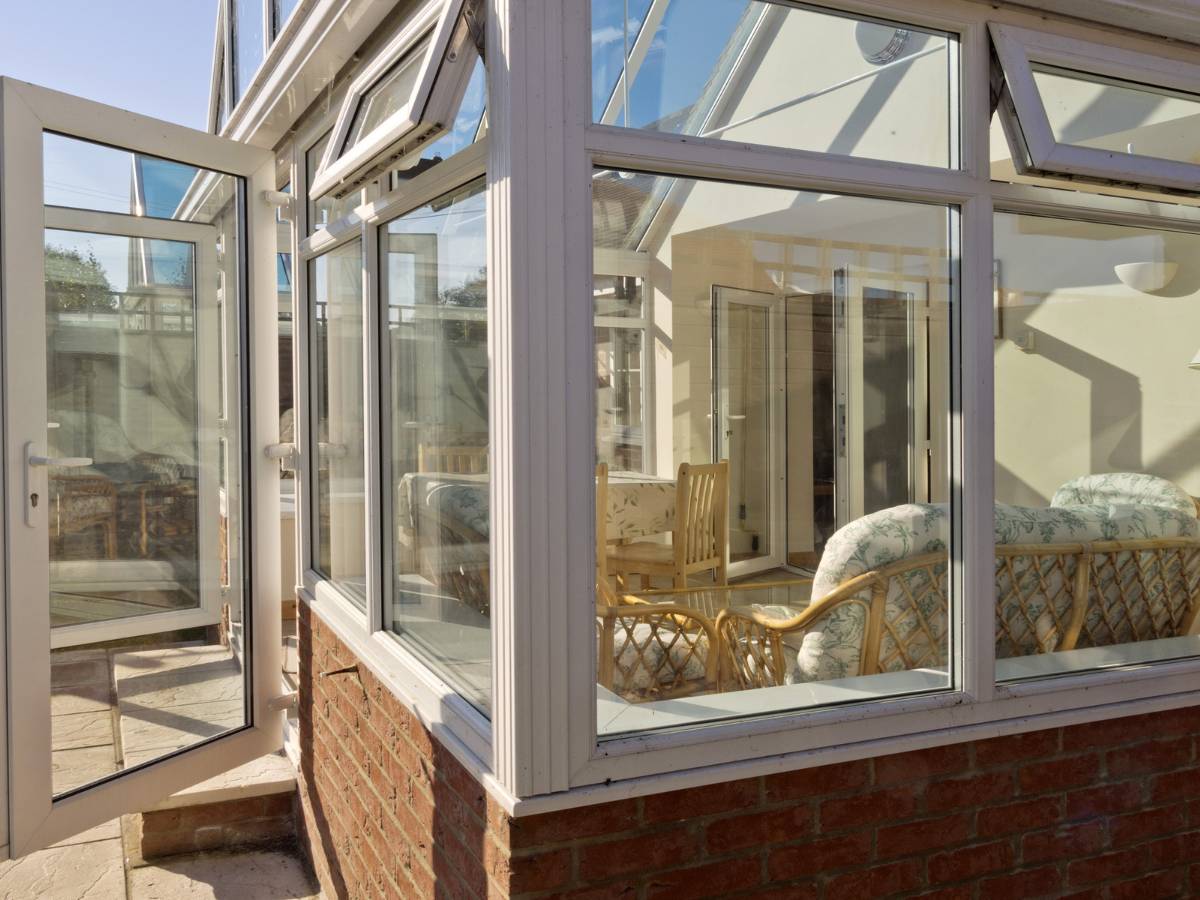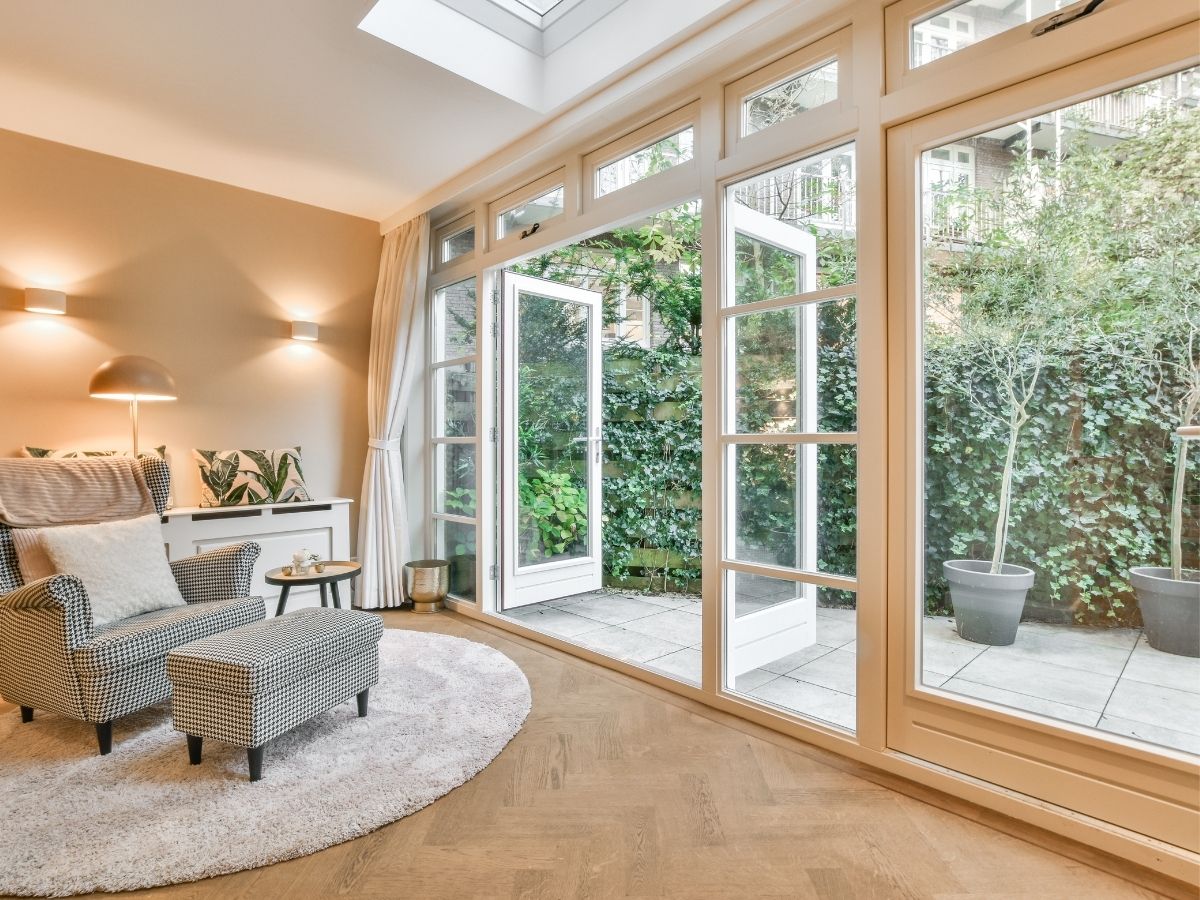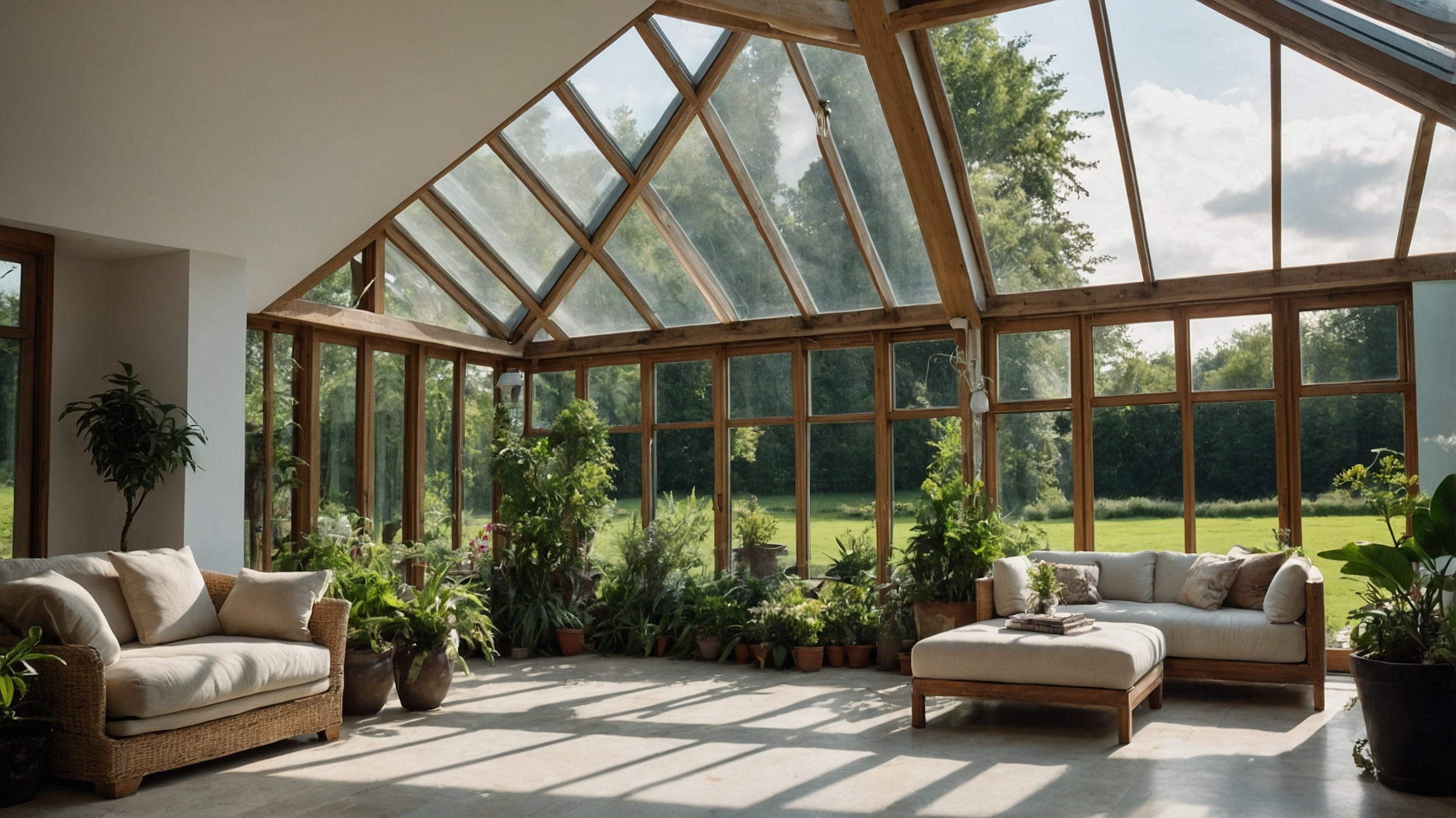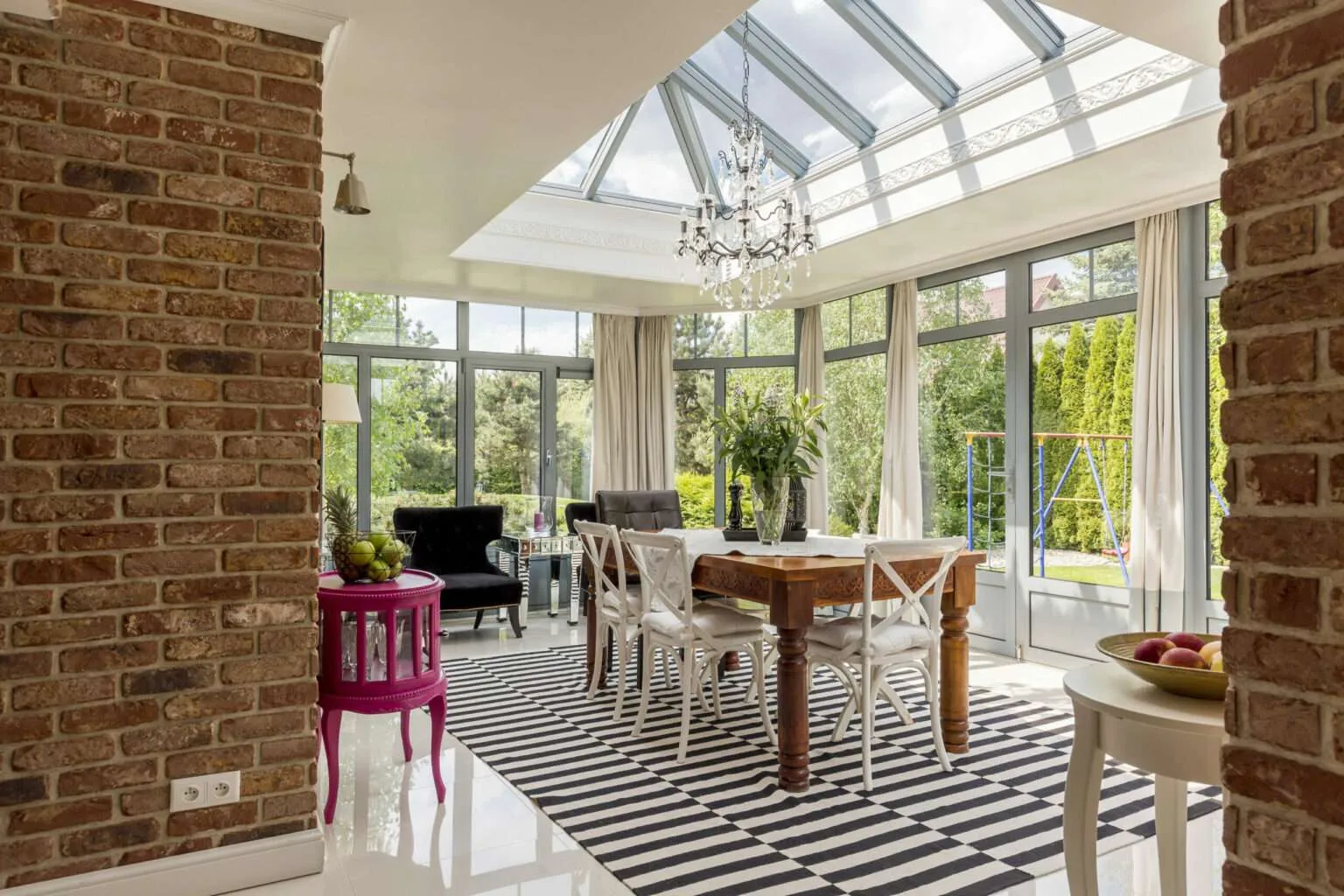Conservatory Planning Permission and Regulations
Discover everything you need to know about conservatory planning permissions in the UK. Learn about different types, styles, and regulations to ensure your dream conservatory is fully compliant.



Do I Need a Conservatory Planning Permission?
Conservatory Planning Permissions
New Conservatory Planning Permissions and Regulations in the UK

This comprehensive guide will walk you through everything you need to know about conservatory planning permissions in the UK, ensuring your project stays on the right side of the law while bringing your vision to life.
From permitted development rights to full planning applications, we’ll explore the various types of permissions, how they apply to different conservatory styles, and the steps you need to take to ensure your project is fully compliant.
Always check with your local planning office: It’s important to note that permitted development rights can be removed or modified by your local authority, especially in conservation areas, Areas of Outstanding Natural Beauty, or for listed buildings. Always check with your local planning office before assuming your project falls under permitted development.
Understanding Permitted Development Rights: One of the first concepts you’ll encounter when researching conservatory planning permissions is “permitted development rights.” These rights allow homeowners to make certain types of improvements to their properties without the need for a full planning application. For many conservatory projects, permitted development rights can be a game-changer, streamlining the process and reducing bureaucracy.
Key points about permitted development rights for conservatories:
- Size limitations: Generally, the conservatory must not exceed 50% of the area around the original house (as it stood on 1 July 1948 or when it was built, if later).
- Height restrictions: Single-storey rear extensions must not exceed 4 metres in height for a detached house, or 3 metres for any other type of house.
- Proximity to boundaries: For extensions within 2 metres of a boundary, the maximum height is restricted to 3 metres.
- Materials: The materials used should be similar in appearance to those of the main house.
- Location: Conservatories are not allowed on the front or side of a property facing a highway.

Conservatory Styles and Planning Considerations
Different conservatory styles can have varying implications for planning permission. Let’s explore some popular styles and their potential planning considerations:
Remember, regardless of the style you choose, the key factors for planning permissions remain the size, height, and location of the conservatory in relation to your property and its boundaries.
Popular styles and their potential planning considerations:
Different conservatory styles can have varying implications for planning permissions.
Lean-to Conservatories:
These simple, modern conservatory designs are often the easiest to get approval for under permitted development rights. Their low-pitched roof typically stays within height restrictions, making them ideal for bungalows or houses with low eaves.
Victorian Conservatories:
With their distinctive multi-faceted appearance, Victorian conservatories can sometimes be more challenging from a planning perspective. The ornate roof design may push the height close to or over permitted limits, potentially requiring full planning permission.
Edwardian/Georgian Conservatories:
These rectangular or square designs offer a good balance between aesthetics and planning practicality. Their simpler roof structure often stays within permitted development height limits.
P-shaped and T-shaped Conservatories:
These larger, more complex designs often require full planning permission due to their size and impact on the original property’s footprint.
Orangeries:
With their solid roof and substantial brick pillars, orangeries often fall outside the definition of a conservatory for planning purposes. They typically require full planning permission and must comply with building regulations.
Compare Quotes
Compare expert builders quotes and choose the best conservatory quote. Homeowners trust using our comparison service as they know that we will keep their data secure. Our UK based customer support team are always on hand to help and we won’t favor one company over another.

Step One
Enter your details via our quick and easy to use contact form.

Step Two
Receive quotes from two leading suppliers in your area.

Step three
Compare your conservatory quotes and enjoy great savings!
Always check with your local planning office before assuming your project falls under permitted development:
When Full Planning Permission is Required:
While many conservatory projects can proceed under permitted development rights, there are situations where full planning permission is necessary. Understanding these scenarios can help you plan your project more effectively and avoid potential legal issues down the line.
You’ll likely need full planning permission if:
Your property is a listed building or in a conservation area.
The proposed conservatory exceeds the size limits set out in permitted development rights.
You’ve already used up your permitted development rights with previous extensions.
The conservatory will be used for business purposes.
Your property has had its permitted development rights removed by the local authority.
Building Regulations and Conservatories:
While planning permissions focus on the appearance and impact of your conservatory, building regulations ensure that the structure is safe, energy-efficient, and meets certain technical standards. Most conservatories are exempt from building regulations if they meet specific criteria:
The floor area is less than 30 square metres.
It’s built at ground level.
At least 75% of the roof and 50% of the walls are glazed with translucent materials.
It’s separated from the main house by external doors.
Any fixed electrical installations comply with Part P of the building regulations.
Any new structural opening between the conservatory and the main house meets building regulation requirements.
If your conservatory doesn’t meet these exemption criteria, you’ll need to apply for building regulations approval. This involves submitting detailed plans and specifications to your local authority’s building control department or an approved inspector.
The planning permission process typically includes:
Architectural drawings of the proposed conservatory.
Site plans showing the location of the conservatory in relation to your property and neighbours.
A design and access statement explaining the rationale behind your project.
Any relevant surveys or reports (e.g., tree surveys if your project might affect protected trees).
The local authority will then review your application:
The local authority will then review your application, potentially consult with neighbours, and make a decision. This process can take 8-12 weeks, so factor this into your project timeline.
Special Considerations for Listed Buildings and Conservation Areas:
If your property is listed or located in a conservation area, the planning process becomes more complex. In these cases, you’ll almost always need full planning permission and potentially listed building consent for any conservatory addition.
For listed buildings:
The design must be sympathetic to the original structure.
Materials should be carefully chosen to complement the existing building.
The impact on the building’s historical significance will be closely scrutinized.
In conservation areas:
There may be stricter rules about the appearance and size of extensions.
The impact on the character of the area will be a key consideration.
There might be specific local guidelines you need to adhere to.
In both cases, it’s advisable to consult with a planning expert or architect experienced in working with heritage properties before submitting any applications.
Get Competitive Home Improvement quotes
Get Competitive home improvement quotes for conservatory, conservatory roof, orangery, garden room, roofline, double glazing, windows & doors and boiler from leading suppliers. This is a free no-obligation service. Fill out the form or request a call back from our UK based team.
Unmatched Expertise
We’ve been in the home improvements industry for nearly 2 years and most of our partners over two-thee decades, with a network of over 100 accredited companies, you’ll get top-notch advice and service.
Save Up to 40% on Your Project
Focus on competitive pricing could save up to 40% and these savings might allow you to choose higher-quality materials or add extra features.
Thoroughly Vetted Professionals
Every supplier in our network goes through a strict vetting process, including credit checks and accreditation verification.
UK-Based Support Team
Our knowledgeable, UK-based support team is familiar with local markets, regulations, and trends, so you’ll always get relevant and current advice.
No-Pressure Quotes
All comparison quotes you receive come with no strings attached. Take your time to compare options and choose what’s best for you.
- Monday – Thursday: 8:30am – 8:00pm
- Friday: 8:30am – 5:00pm
- Sunday: 10:00am – 6:00pm
To send us your marketing and service offers, please use the following email: offers@comparison.market
Fast and Reliable Service, Expert UK-Based Support at Your Fingertips!
No job is too big or too small for our comparison network. If you have questions or need guidance, our dedicated, UK-based customer support team is ready to offer personalized advice tailored to your needs. You will be talking to professionals who truly understand the UK conservatory and home improvements market.
